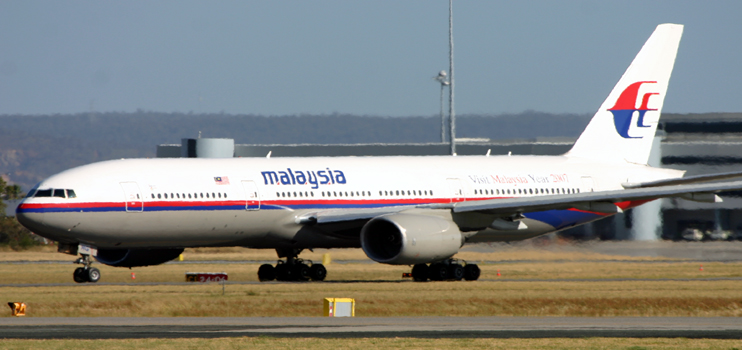MH370: Search to resume
05 August, 2014
2 min read
By joining our newsletter, you agree to our Privacy Policy


The most complex search in aviation history is about to resume, 1800km west of Perth, Western Australia, for the final resting place of MH370 and the 239 souls aboard.
Yesterday the Australian Deputy Prime Minister Warren Truss, on behalf of the Australian, Chinese and Malaysian governments, announced that Dutch company Fugro Survey Pty Ltd would conduct the 12-month $52 million ocean floor search for MH370 which disappeared on March 8.
That effort will commence mid September when the mapping of the sea floor concludes.
Rather that using an autonomous underwater submersible that has to be recovered every 16 hours, two ships will deploy towed side-scan sonar vehicles with video capability that will stream data live to the operators.
Mr Truss said he remained “cautiously optimistic that” the international search effort will locate the missing plane “within the priority search area.”
But he cautioned that the search, with depths to 6000m, will be “challenging.”
The priority search area, determined by five independent expert teams, is 650km long and 93km wide.
“Hopefully we will find the aircraft or a debris field ... so we can provide closure to the families involved and information to support the investigation,” said Mr Truss.
Survey ships, also under contract to Fugro, have been mapping the area since late April and have surveyed over 60 per cent of the search area according to Australia’s crash investigator.
Martin Dolan, chief commissioner of the Australian Transport Safety Bureau told AirlineRatings.com that the mapping effort had thrown up some surprises such as “two extinct volcanoes.”
“There are many features we had no idea about, which is why the mapping is so necessary,” said Mr Dolan.
The search area was last surveyed in 1960 by The Australian naval ship HMAS Diamantina.
Assets for the subsea search are already mobilising with Fugro Discovery en route to Perth from the United Kingdom.
Fugro Equator, currently acquiring bathymetry (mapping) data in the search area, will be the second search vessel and will be mobilised when the bathymetry work is complete in mid-September.
The Malaysian Government has also committed to support the joint search effort with four vessels.
The Chinese vessel, the Zhu Kezhen, continues to work in the southern Indian Ocean, surveying the sea floor.
China has committed to the Zhu Kezhen remaining in the search area until mid-September.
Get the latest news and updates straight to your inbox
No spam, no hassle, no fuss, just airline news direct to you.
By joining our newsletter, you agree to our Privacy Policy
Find us on social media
Comments
No comments yet, be the first to write one.


